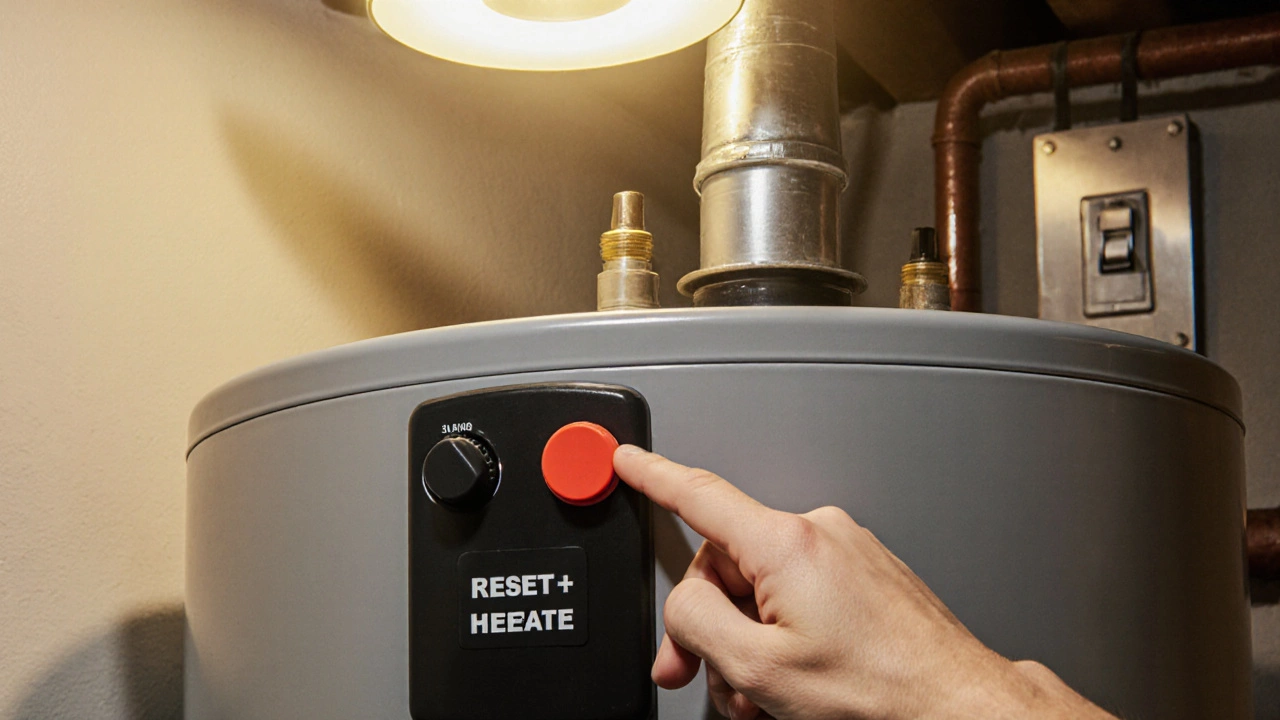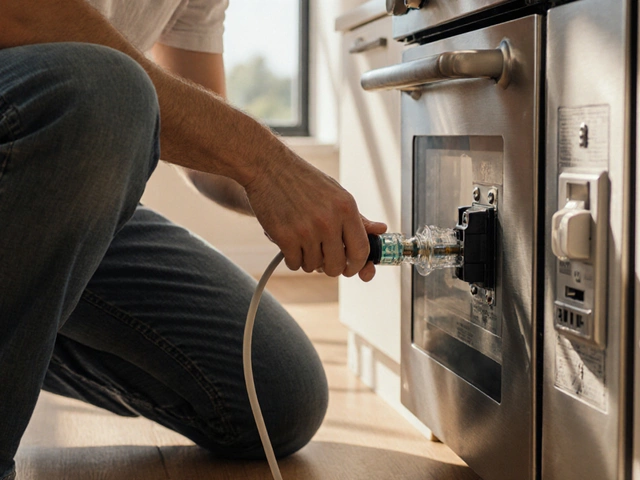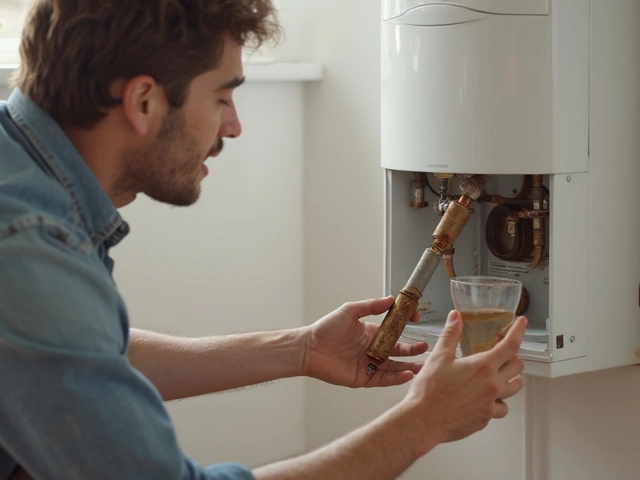When working with electric water heater reset, the act of clearing the high‑limit safety switch on an electrically powered hot‑water tank. Also called heater reset button, it restores hot water after the unit detects an over‑temperature condition.
electric water heater reset is often the first step before calling a professional, but you still need to know why it trips and what to check afterward.
The reset button works hand‑in‑hand with the high limit switch, a safety device that cuts power when the water gets too hot. When the switch opens, the heater stops heating and the reset lamp flashes. Pressing the button simply rewires the circuit, but it won’t stay engaged if the underlying issue persists. Another crucial component is the thermostat, the sensor that tells the heater when to start and stop heating. A faulty thermostat can send the wrong temperature reading, causing the high limit switch to trip repeatedly. Finally, the temperature sensor, often a bimetallic strip inside the tank works together with the thermostat to regulate heat. Understanding how these parts interact forms the basis of safe troubleshooting.
Semantic connections are simple: an electric water heater reset encompasses clearing the high limit switch; the reset process requires checking the thermostat; frequent resets influence the lifespan of the water heater. If any of these parts are misbehaving, the reset will only be a temporary fix, and the unit may keep tripping, which can wear out the heating elements faster.
Common reasons for a reset to pop include sediment buildup at the bottom of the tank, a failing heating element, or a broken dip tube that blocks proper water flow. Sediment acts like insulation, making the water stay hotter than the sensor expects, which forces the high limit switch to shut down. A defective heating element can overheat localized spots, again tripping the safety switch. When the dip tube cracks, cold water bypasses the heating chamber, causing temperature spikes that the thermostat misreads. Regular flushing of the tank removes sediment, while visual inspection of the element with a multimeter can confirm its health. Replacing a broken dip tube is inexpensive and often restores normal operation.
Maintenance habits matter. Flushing the tank once a year, testing the reset button after each flush, and keeping the power supply stable reduce the chance of random trips. If you notice the reset lamp blinking more than twice in a week, it’s a sign that the high limit switch may be wearing out and needs replacement. Also, verify that the circuit breaker isn’t tripping; a loose connection can mimic a heater fault. When in doubt, shutting off power, letting the tank cool, and consulting the user manual’s reset procedure protects you from electric shock.
Below you’ll find a curated list of articles that dig deeper into each of these topics – from step‑by‑step reset instructions to signs a water heater is failing and when to call an expert. Browse the collection to get the exact fix you need, whether it’s a quick DIY reset or a full‑scale repair.

Learn how to safely reset both electric and gas hot water heaters, troubleshoot common issues, and know when to call a professional.

Replacing an old boiler might seem like a hassle, but when it's reaching the 15-year mark, the decision becomes crucial for efficiency and safety. This article explores whether it's time to upgrade, balancing costs, savings, and the impact on your home. From understanding energy efficiency to recognizing warning signs, we dive into everything you need to consider. With insights and practical tips, make an informed choice about your old boiler.

Resetting a freezer compressor may sound daunting, but it's an essential skill for maintaining your appliance's efficiency. Compressors can occasionally need a reset to function properly, potentially saving you from costly repairs or replacements. This article walks you through the steps to safely reset your freezer compressor and offers tips to prevent future issues. Understanding when and why to reset your compressor can keep your freezer running smoothly and extend its lifespan.

Learn why your electric oven suddenly stopped working, diagnose power, element, thermostat or safety fuse issues, and decide when to DIY or call a repair professional.

Not sure if your water heater's anode rod is shot? This article breaks down the telltale signs that your anode rod is past its prime, from weird smells to rusty water. Find out how long these rods actually last, why they're so important, and how to check them yourself. With some simple tips, you'll spot trouble before it wrecks your tank. Get the facts so you can keep hot water flowing without a nasty surprise.

Wondering how long your electric stove is supposed to last? This article breaks down real-world numbers, explains what impacts the life of an electric stove, and gives you the know-how to make yours last longer. You’ll get practical advice on repairs versus replacement, and tips to avoid common pitfalls that cut appliance life short. Choosing the right upkeep now can save you money and headaches later. Perfect for homeowners who want their kitchen running smoothly for years.